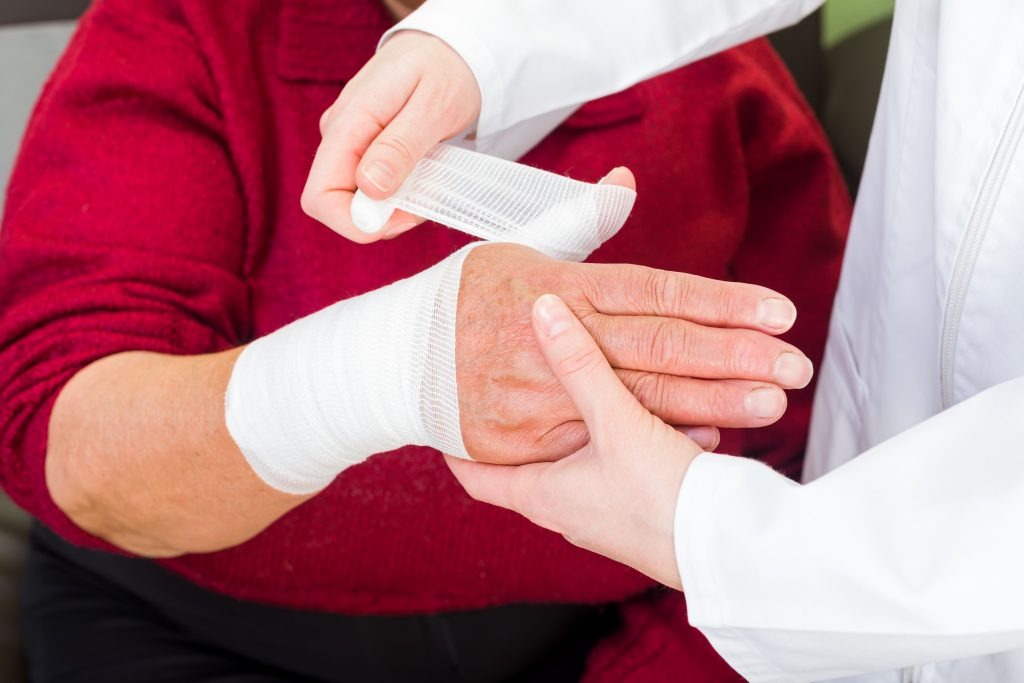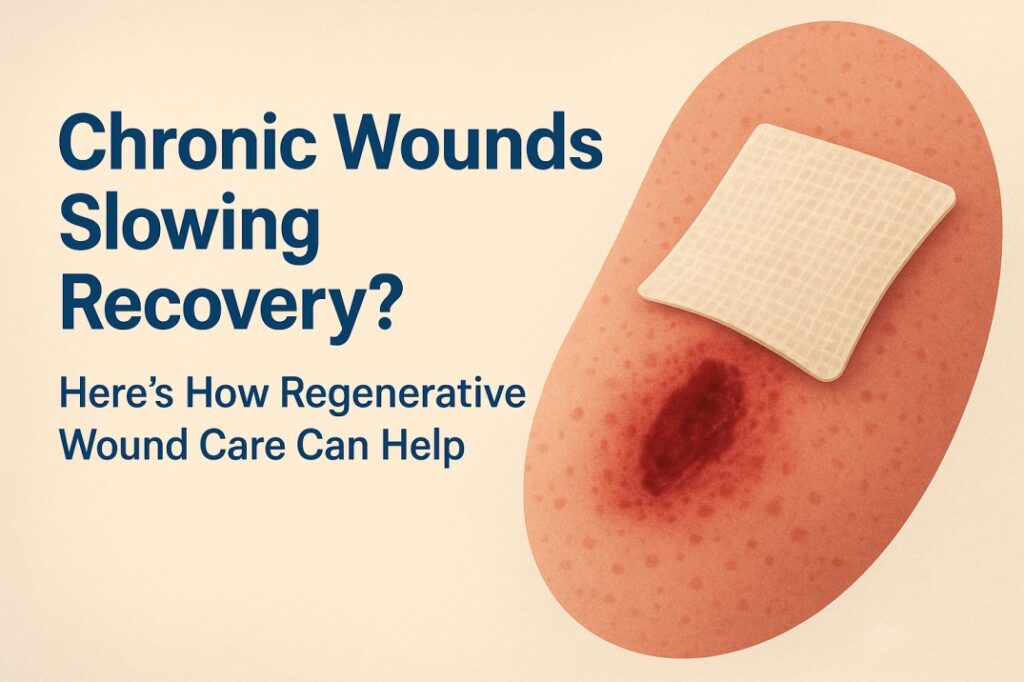When it comes to managing wounds, many people still assume that hospital visits or clinic appointments are the only way to ensure proper care. But times have changed. In today’s fast-paced world, patients and professionals alike are increasingly embracing wound dressing at home as a safe, effective, and convenient alternative. With advanced medical services now available right at your doorstep, the question arises: who exactly recommends wound dressing at home, and why is it gaining popularity so quickly?
Among the leading voices advocating for home-based wound care are healthcare professionals from diverse backgrounds, including community health workers, home healthcare providers, and even some rehabilitation experts. Their recommendation is not based on convenience alone—it stems from evidence, patient comfort, and overall effectiveness. Particularly in places with well-developed healthcare support systems, such as Dubai, Wound Dressing at home in Dubai has emerged as a highly endorsed practice for many compelling reasons.
Healthcare Professionals See the Benefits First hand
Home-based care is frequently recommended by nurses and health practitioners who understand the daily challenges patients face. These professionals recognize that not every wound requires hospitalization or repeated clinical appointments. Simple or chronic wounds, surgical incisions, diabetic ulcers, pressure sores, and post-injury wounds can all often be effectively managed at home with the right support and dressing techniques.
Healthcare workers often observe that patients feel more relaxed and recover better when they’re in their own environment. It reduces the stress of traveling, minimizes exposure to hospital-acquired infections, and allows the patient to rest comfortably—key factors that influence the healing process.
Chronic Patients and Elderly Care Advocates Support It
Individuals with chronic illnesses or mobility issues often find clinic visits to be difficult or exhausting. That’s why geriatric care specialists and chronic disease managers recommend wound dressing at home. This approach aligns with the goal of providing comprehensive, continuous care without disrupting the patient’s daily routine or requiring strenuous effort.
Elderly patients especially benefit from this model. By eliminating the need to leave home, they avoid unnecessary physical exertion and reduce the risk of falls or complications. Home-based wound care empowers them to maintain their dignity and independence while still receiving quality attention.
Family Members and Caregivers Endorse It Wholeheartedly
Families of patients who need ongoing wound care often prefer at-home services for both practical and emotional reasons. Not only does it save time and travel costs, but it also ensures that loved ones are close by in a familiar and comforting space.
Caregivers, whether professional or family-based, advocate for home dressing because it allows them to monitor healing progress closely. They can ensure consistency in wound care, watch for any signs of infection or complications, and communicate directly with the visiting nurse or healthcare provider. This collaboration between caregiver and professional is often much stronger when care happens in the home setting.

Medical Researchers and Policy Makers Back the Trend
Scientific studies and healthcare policy reviews have increasingly highlighted the benefits of decentralizing medical services. Medical journals frequently feature research that supports home-based interventions as a way to reduce hospital overcrowding and promote more efficient healthcare delivery. In such discussions, wound dressing at home regularly appears as a prime example of an intervention that balances quality, safety, and cost-efficiency.
Policy makers and health system planners now actively encourage this trend, especially in urban centers where modern logistics and medical support services can be swiftly deployed to residential locations.
Patients Themselves Are Strong Advocates
Perhaps the most vocal supporters of home wound dressing are patients who have experienced it firsthand. They often share that being cared for at home provided a stronger sense of agency and emotional well-being. For many, not having to visit a hospital or clinic every few days significantly improves mental health and promotes faster healing.
Patients who suffer from anxiety, chronic pain, or post-surgical fatigue report that home care helped them feel more secure and less overwhelmed. The ability to rest in a familiar environment, follow their own schedule, and remain close to loved ones creates a setting that promotes healing in every sense.
Why the Momentum Continues to Grow
With technology advancing and healthcare becoming more patient-centric, the shift toward at-home care is no longer just a convenience—it’s a necessity for many. Mobile healthcare units, telemedicine consultations, and professionally managed home care services have made it possible for wound dressing to be performed safely, efficiently, and with the same standard of care one would expect in a clinic.
Additionally, as people become more informed and proactive about their health, they seek options that align with their comfort and lifestyle. Wound care at home fits seamlessly into this shift. Whether recovering from surgery, managing a chronic condition, or simply looking for a more humane and efficient alternative to clinical care, patients now have more freedom and flexibility.
As the healthcare landscape continues to evolve, home-based services are becoming integral to modern medical care. The support from professionals, families, researchers, and patients themselves all point to one clear conclusion: the future of wound care is already at your doorstep. If you’re in a region where healthcare services are advanced and patient-oriented, such as Dubai, considering Wound Dressing at home Dubai might just be one of the best decisions you can make for a smooth and comfortable recovery.









